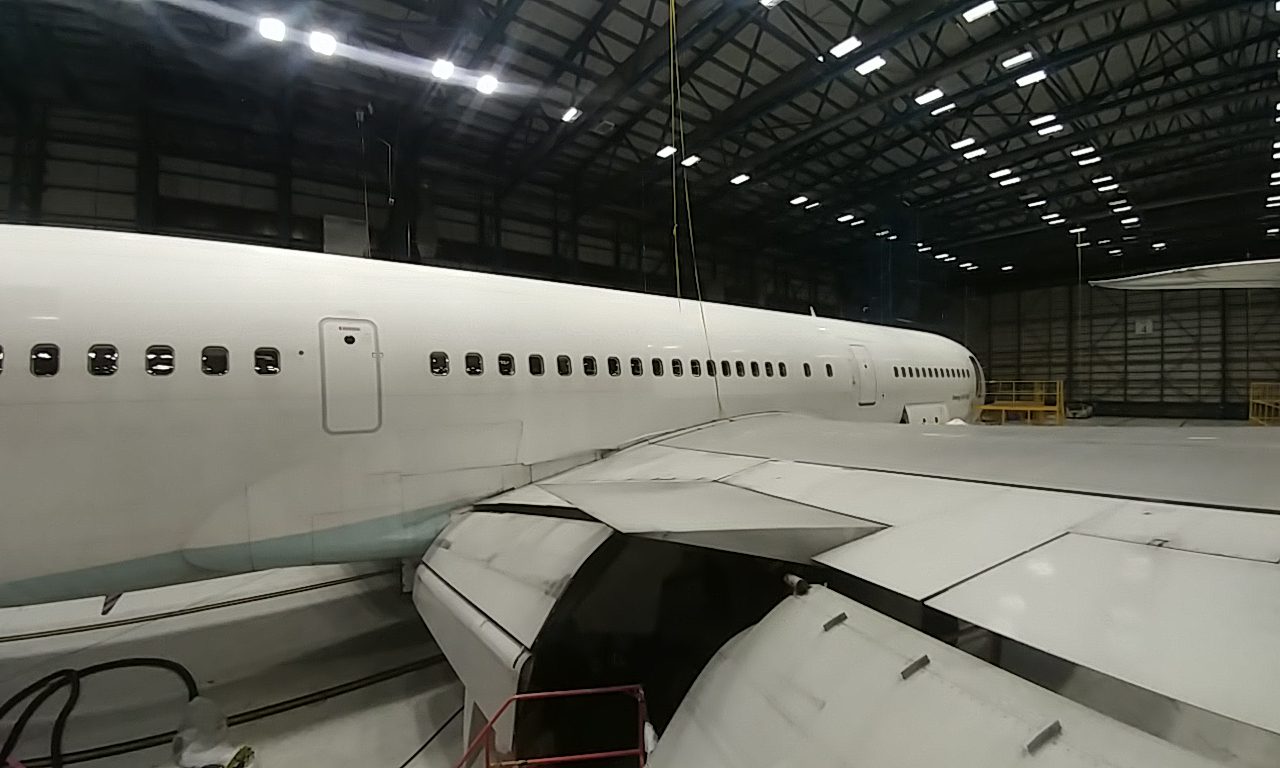In the aviation industry, safety and reliability are paramount, complex system of maintenance operations ensures that aircraft are airworthy, and passengers reach their destinations safely. At the heart of this system are two key components: the AMP (Aircraft Maintenance Program) and the LDND (Last Done Next Due) tracker.
The AMP is the roadmap for aircraft maintenance, detailing every task required to keep the aircraft airworthy along with its interval (when to repeat it) and threshold (when to initially carry it out). From routine inspections to major overhauls, the AMP specifies what needs to be done and when and managing the AMP is no simple task. It involves tracking countless components with varying lifespans and maintenance requirements – this is where the Last Done and Next Due (LDND) comes in.
The LDND is for tracking the remaining life of tasks and parts / components against their specified intervals, thresholds, and limits. Imagine a single AMP entry stating that a passenger aircraft’s life vest needs overhaul every five years. This seemingly simple requirement can translate into a separate spreadsheet tracking hundreds of life vests across a fleet. The LDND helps maintenance planners allocate work packs efficiently, ensuring that tasks are completed on time and within budget. There are of course multiple MIS (Maintenance Information Systems) that can also do this such as AMOS, SAP and the like.
The complexities don’t end there – maintenance tasks must be allocated to approved Part 145 organizations who hold within their scope of approval the level of maintenance we need for the workpack. For instance, a line station authorized for tasks up to 2500 flight hours cannot perform tasks scheduled for a C check at 7000 flight hours. This requires careful coordination and planning to ensure the right resources are available at the right time.
Furthermore, parts and tooling availability need to be provisioned, along with adequate manpower planning from the Part 145 – they all play a crucial role in maintenance operations.
These maintenance inputs are typically agreed upon for a fixed number of manhours and estimated duration, with provisions for defect cleanup and unforeseen issues. This helps manage budgets and ensures that maintenance activities don’t disrupt flight or redelivery schedules.
From CAMO (Continuing Airworthiness Management Organization) management to planning, 145 coordination, and accurate record-keeping, every link in the maintenance chain is essential. Understanding your role and responsibilities within this chain is critical for ensuring the safety and reliability of aircraft.
The considerations during a lease return or CAMO management are wide, varied and complex – the more you learn, the more you know you have to learn!
Follow us to learn more and why not follow us on LinkedIn or take a look at our website and the courses we offer, email is info@ialta.aero if we can help you in anyway.
